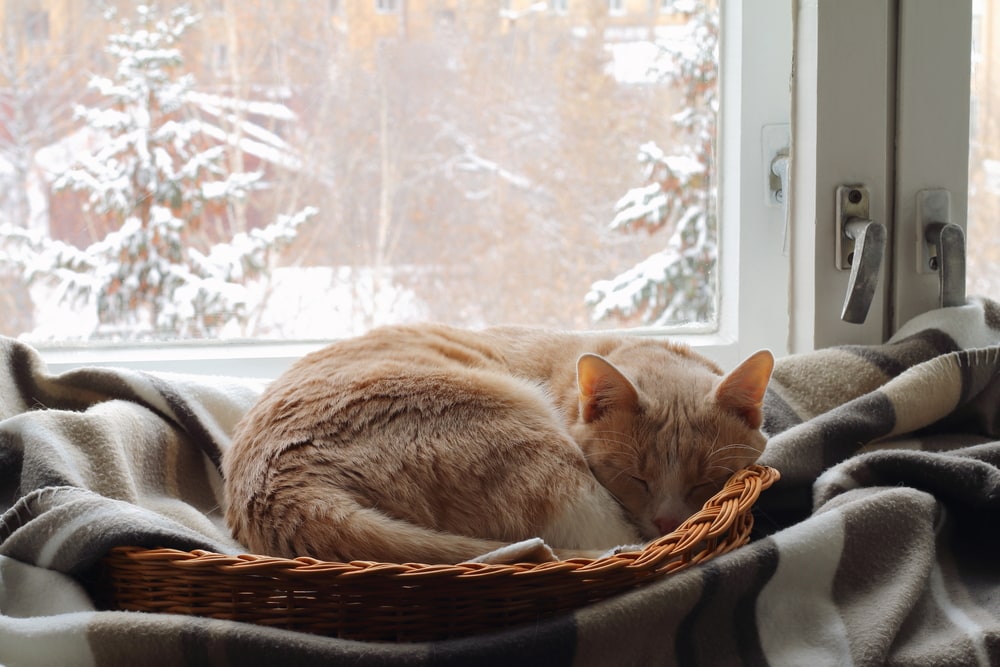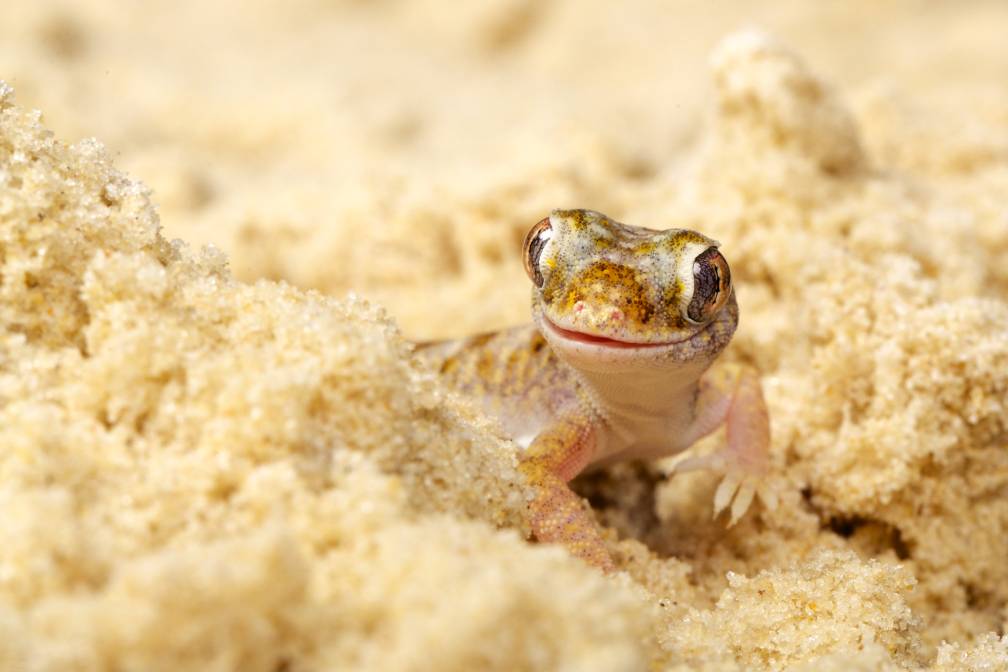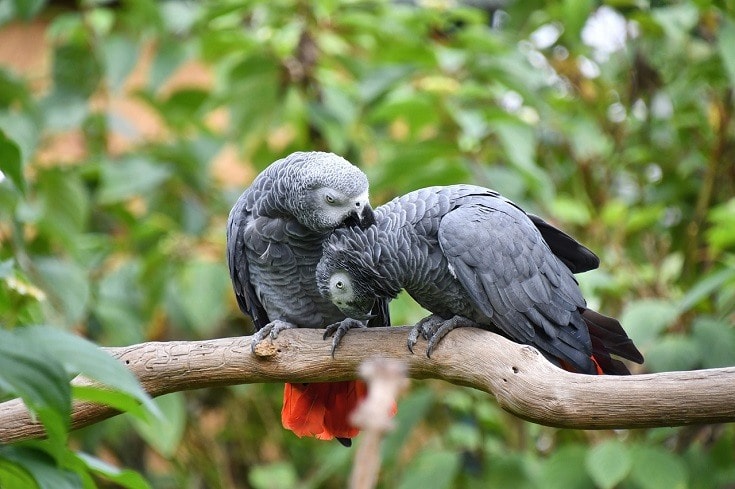
African Grey parrots are indigenous to central Africa. While they might not be the most colorful parrots, they are amongst the world’s most intelligent birds. They are one of the best mimics of human speech and are known to have the cognitive abilities equivalent to a five-year-old child. Given the social nature and intelligence of these sensitive birds, finding the right cage for your African Grey is one of the most important purchases you’ll make. How large does the cage need to be, and what kind of features does it need to have?
We’ll take you through the size required and look at a variety of topics, such as the shape and material of the cage. The comfort and safety of your grey feathered companion is paramount.
How Large Should the Cage Be?
While the African Grey is the largest parrot in Africa, they are closer to medium-sized in comparison to other parrots. Experts unsurprisingly recommend that you purchase the largest cage that you can fit into your space, and that can fit into your budget. Your parrot should be able to fully extend her wings and flap them without touching any of the cage walls.
Ideally, the absolute minimum size of a cage for the African Grey is 36”L X 24”W x 48”H (3 ft x 2 ft x 4 ft). However, for a happy parrot, you should go bigger than this so they will have room to move and climb, particularly when you’re away from home. The length of your parrot’s tail is also a factor in the cage size as you don’t want their tail feathers to become damaged while they are moving around.
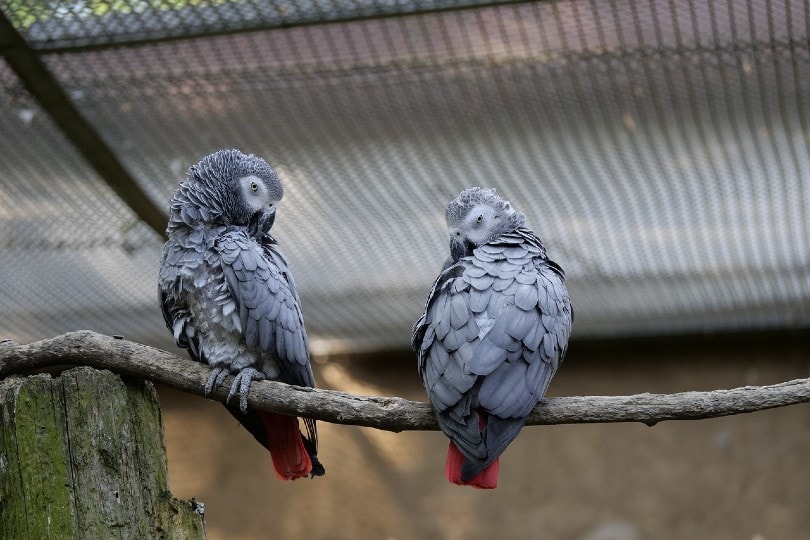
Bar Spacing
How wide the bars are spaced on the cage is another critical consideration for safety reasons. You don’t want your parrot attempting escape and becoming stuck and consequently endangering her life if the bars are too far apart. The bars should also provide your African Grey with the opportunity to climb as well as for you to attach various objects for your bird.
The recommended and safest bar spacing for your African Grey is ¾” to 1” wide.
Vertical or Horizontal Bars
You’ll find some parrot cages with vertical bars and some with horizontal or a mixture of these two. The best cage for your African Grey will have horizontal bars as they allow easier climbing for your bird and a more convenient way to attach feeders, perches, and toys to the bars.
However, the size of the cage is more important than which direction the bars are going in, so if the best cage you can find has vertical bars, your parrot will find a way to climb. Keep in mind that if your bird is mobility-challenged, horizontal bars will be easier for her to climb.
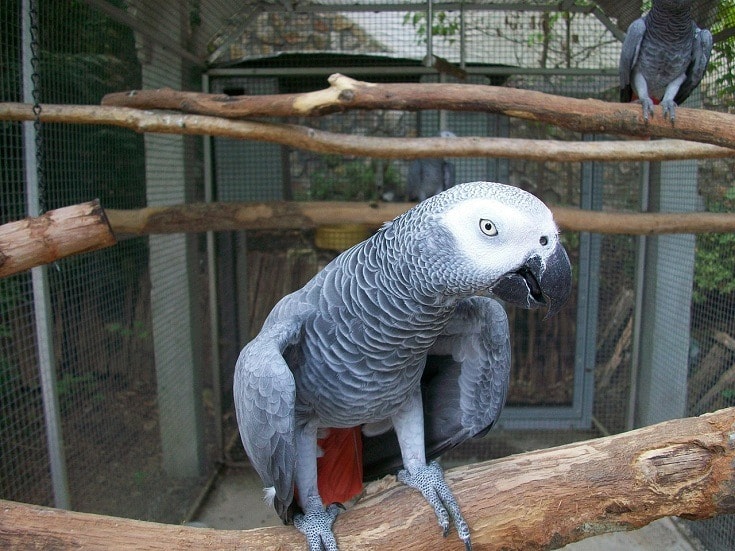
Cage Material
You will find bird cages in a wide variety of materials and colors. Some of the more common cage materials available are galvanized steel wire, powder-coated wire, or stainless steel. You’ll want to keep away from wire cages that are not coated, or you’ll be dealing with corrosion and rust, and you should ensure there aren’t any toxic materials used to make the cage.
African Greys will need a stronger material for their cages to withstand their large and strong beaks. For this reason, you’ll want to avoid plastic and wooden cages as not only could your parrot break them, but wooden cages are more difficult to clean.
Shape of the Cage
Most cages tend to be square or rectangular in shape, and this is the best-shaped cage for your parrot. Avoid the rounded cages as these are harder to climb and would actually not give the parrot enough space to fully move around in.
Bottom of the Cage
Most bird cages come with slide-out trays, which will make cleaning up much more manageable. Parrots are pretty messy; whether it’s from seed hulls or feathers or droppings, there’s usually a mess coating everything. Some cages come with slanted bottoms that help roll the mess into the slide-out tray rather than your floor. Adding accessories like this cage skirt can also help contain the mess.
Access for Cleaning
Another consideration for the parrot cage is how easy it is to access, particularly for cleaning. You should have a cage with an access door that is big enough to fit both of your hands holding your African Grey. A high-quality cage will have latches and hinges that will be durable and reliable.
You should expect to clean the cage at least once a week, although twice a week is best. You should do a thorough cleaning of the cage about once a month.

Accessories
Most cages have perches already installed, so you’ll want to ensure that there are a variety of perches at different heights and in different sizes and materials. At least one concrete perch will help to maintain your parrot’s claws and will therefore mean fewer nail trims.
You’ll also want to add in a variety of toys and other equipment that will help your parrot entertain and exercise herself. Mirrors, climbing ropes, and swings, to name a few.
Location & Features
Conclusion
Your African Grey will be spending most of their time inside their cage, so finding just the right cage for them is essential. Make sure it has the proper bar spacing and is large enough for her, and if spending a little extra on a large and durable cage is doable, then your Grey is worth it. Keeping your parrot safe and happy should be straightforward if you start by following the steps in this article, and hopefully, you’ll find your African Grey the perfect cage.
- Related Read: How Much Does It Cost to Own a Parrot?
Featured Image: maienkindfotografie, Pixabay





